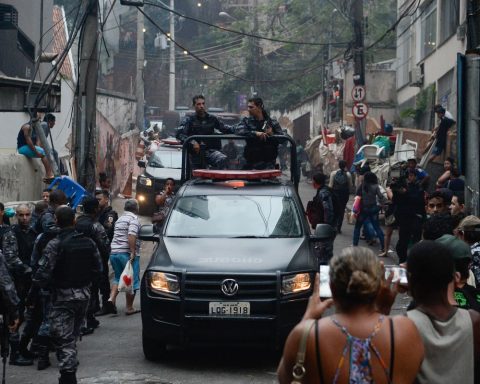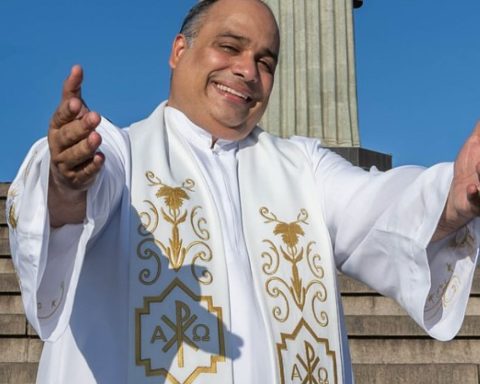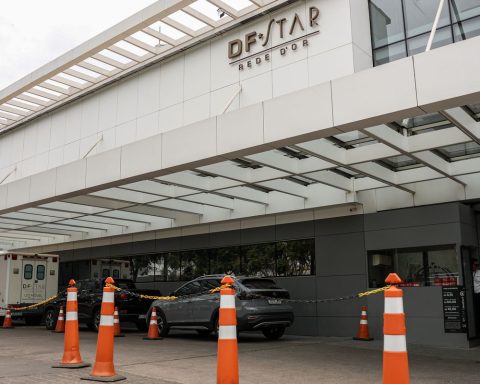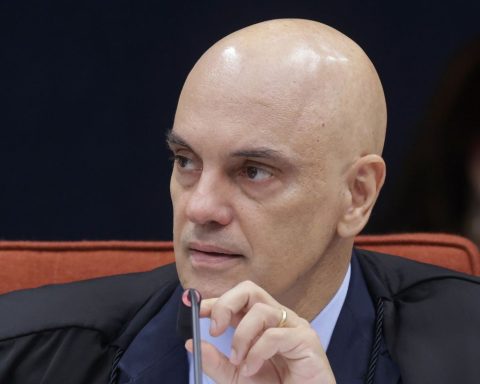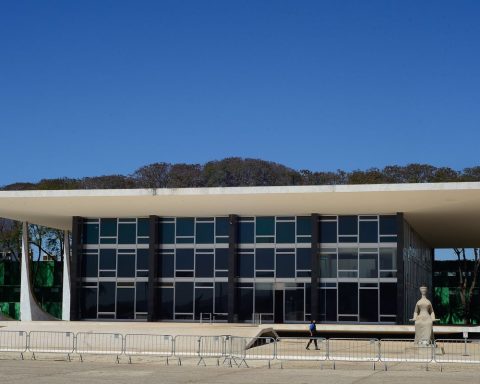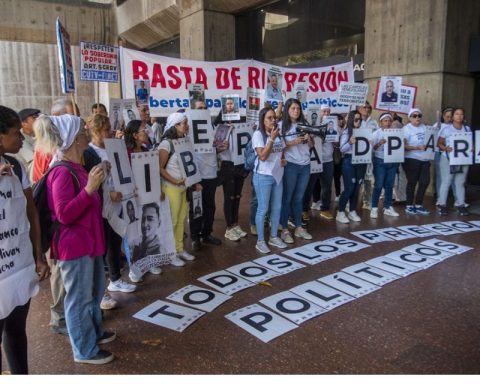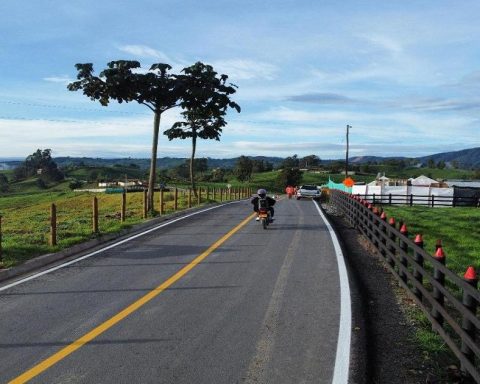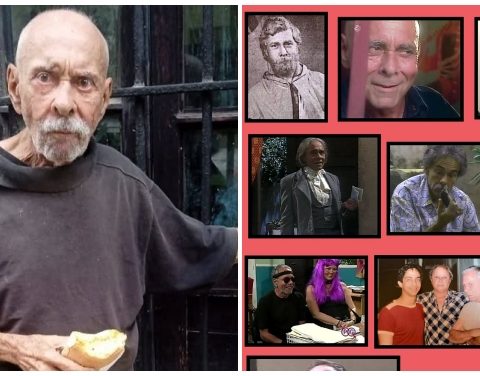The inaugural milestone of Brazilian Modernism, the Modern Art Week brought together Brazilian musicians, poets, writers, visual artists and intellectuals in an event that sought to introduce trends of a new century in all Brazilian cultural expressions.
Held between the 13th and 17th of 1922 – hence one of the nicknames of the historic landmark, also known as the Semana de 22 -, the Week of Modern Art is still an object of study, reflection and influence in the most varied cultural fields.
Names like Heitor Villa-Lobos, Graça Aranha, Di Cavalcanti. Oswald and Mario de Andrade and Victor Brecheret – all considered geniuses and innovators in their fields – emerged as exponents of Brazilian intellectual production from the Week of 22.
The vehicles of Brazil Communication Company (EBC) immersed themselves in the historical and cultural charm of one of the great landmarks of the first generation of Brazilian Modernism and captured, in wide coverage, the ideals and events of the Week of Modern Art.
Centenary of the Week of 22
The Palácio dos Bandeirantes, seat of the government of São Paulo, made projections on the facade in honor of the centenary of the Week of Modern Art. Find out how the so-called revolution in the arts brought about by Modernism began, presented by the television news reporter Brazil:
Centenary, but modern, Villa-Lobos – representative of the Brazilian musical avant-garde at the time – reverberated in other cultural movements that would only be born decades later. Big names in the visual arts, such as Tarsilla do Amaral and Di Cavalcanti – who participated in the Semana de 22 – still influence Brazilian cultural movements to this day, is what the second report aired by TV Brazil.
cultural change
Revolutionary, but also controversial, the Week of 22 divided society. While some celebrated the new aesthetic, part of the critics and the public rejected the philosophy brought by the movement. Poems, songs, sculptures and performances were booed, while newspapers reported strangely about the cultural landmark. Hear the first part of the special produced by National Radio Agency:
One of the recurring criticisms of the Semana de Arte Moderna is that Modernism, in fact, was already underway years before the event. The emergence of purely Brazilian modernist ideals, free from external influences, also paved the way for the birth of Nationalism, Verde-Amarelismo and Brazilian Integralism – ideologies that later opposed the movement’s initial idea.
THE Anthropophagic Manifesto, a work by Oswald de Andrade, proposed that Brazilian culture “devour” European culture in order, as the cannibals believed, to absorb the strength and essence of what was good in the art of the old continent. The result would be something purely Brazilian, avant-garde and distant from colonial roots, with a hitherto unheard-of proximity to indigenous peoples originating from Brazilian lands.
Timeline of the Week of 22
The cultural fervor that culminated in the Modern Art Week is the sum of several social factors that circulated among intellectual society years before the movement took place. The seed of the Modern Art Week was planted in 1921, at a meeting at the Grande Hotel da Rotisserie Sportsman, where today is the São Paulo city hall. There, intellectuals and artists met with the writer and diplomat Graça Aranha. Understand the event’s chronology and meet the minds behind Week of 22 in the text by reporter Elaine Cruz, from Brazil Agency.
In São Paulo – the city that hosted the Semana de 22 -, several cultural events were set up to remember and commemorate the Brazilian movement. See which were the main attractions scattered around the city during the centenary celebration.
Stage of the greatest expression of cultural effervescence in the history of Brazil, the Theatro Municipal de São Paulo is considered a symbolic landmark of the Modernist movement. There, they went caricatures of the great names who participated in the Week of 22.
Myth? Historic building? After all, what was the Modern Art Week and what was the event’s real influence on national culture? Centralized and not very diverse, the Semana de 22 did not present all the faces of Brazilian cultural expression that existed at the time – this is what historians and scholars of the cultural landmark claim. Learn about the Modern Art Week historical review.
The roots and founders of Brazilian Modernism broke with European currents of thought, such as Parnassianism. With strict aesthetic norms and highly focused on the classical revival of art and culture, the movement in force until then was considered conservative. The rupture and contrast between the proposals of the Modern Art Week and its antecedents generated discomfort, but also liberation: Brazilian intellectuals conceived the philosophy that would shape the production of national art. Understand the before, during and after of the cultural revolution of the Modern Art Week.
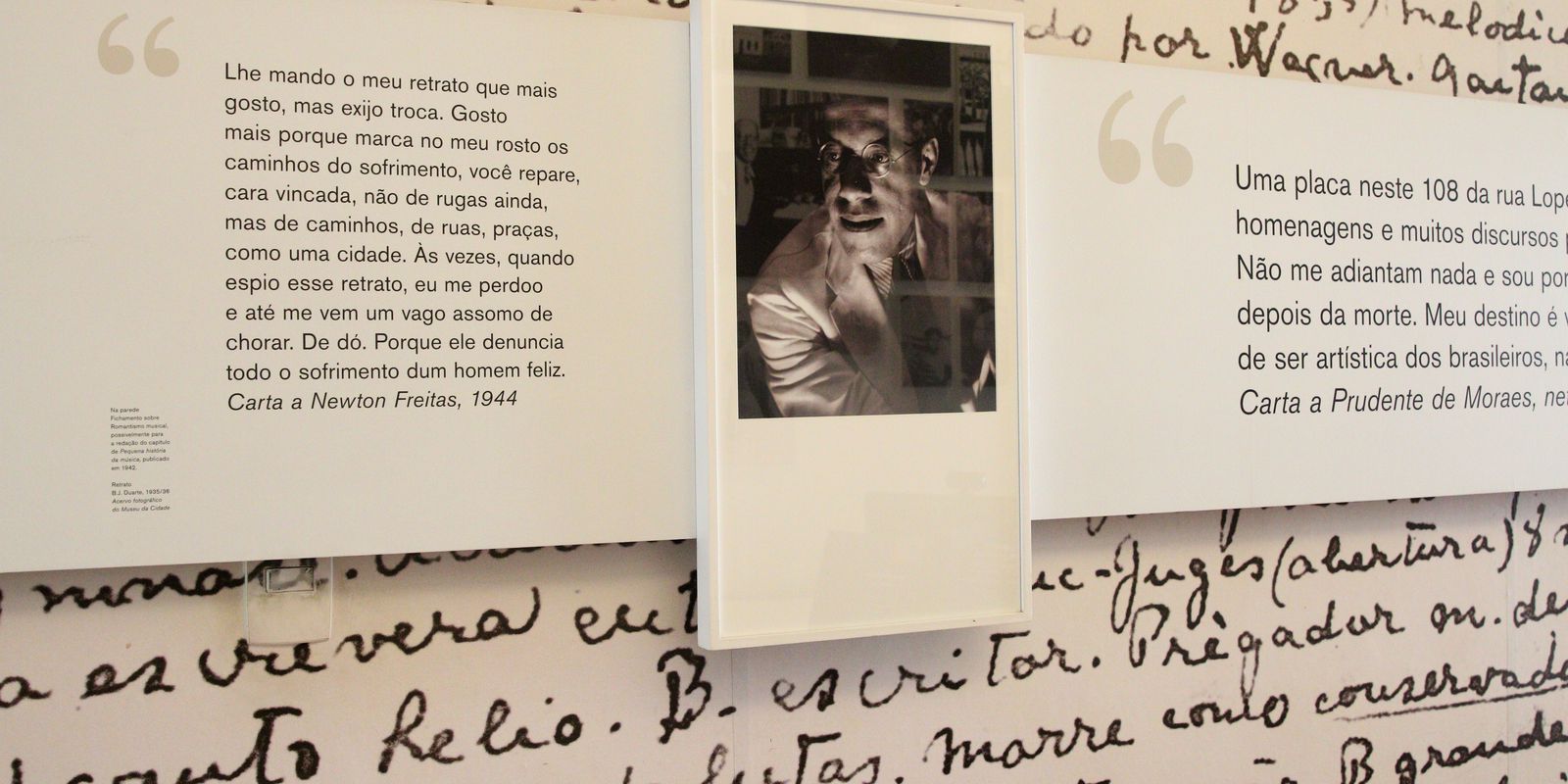
![Rovena Rosa/Agência Brasil Exhibition Once Upon a Modern [1910-1944]curated by researcher Luiz Armando Bagolin and historian Fabrício Reiner, at the Fiesp Cultural Center, Avenida Paulista.](https://agenciabrasil.ebc.com.br/sites/default/files/thumbnails/image/loading_v2.gif)
